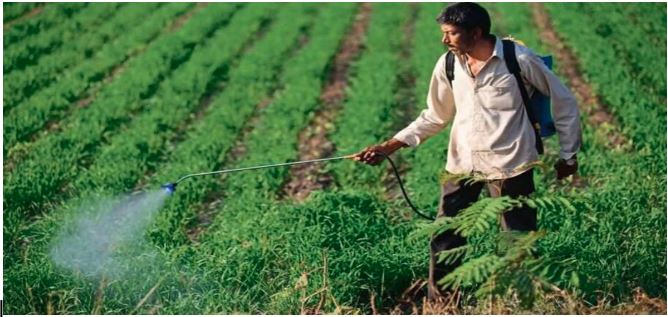PM PRANAM
Context
The Union government intends to launch a scheme — named PM PRANAM — to reduce the use of chemical fertilisers by incentivising states.
What is Fertilizer?
- Fertilizer is defined as any organic or inorganic substance, natural or artificial supplying one or more of the chemical elements/nutrients required for plant growth.
- They provide six macronutrients and eight micronutrients to the plants for well-balanced growth.
About Indian Fertilizer Sector
- Indian soils are generally deficient in nitrogen, phosphorus, and potassium and do not give high yields. Hence, the need for fertilizers.
- Green Revolution (Use of chemical fertilizers was one component) has made a significant impact on Indian agriculture.
- Thus, India was able to achieve self-sufficiency in food production.
- Fertilizer Manufacturing Sectors
- Fertilizer Manufacturing Companies (PSUs): National Fertilizers Limited, Rashtriya Chemicals & Fertilizers Limited, etc
- Fertilizer Manufacturing Co-operatives: IFFCO, KRIBHCO, etc
- Position in the World: 3rd in terms of production and 2nd in terms of consumption
- Decision-Making Body: Department of Fertilizers, Ministry of Chemicals & Fertilizers, Govt of India
Government Initiatives and Schemes
- Neem Coating of Urea: The Department of Fertilizers (DoF) has made it mandatory for all the domestic producers to produce 100% urea as Neem Coated Urea (NCU).
- New Urea Policy (NUP) 2015: Objectives of the policy are-
- To maximize indigenous urea production.
- To promote energy efficiency in the urea units.
- To rationalize the subsidy burden on the Government of India.
- New Investment Policy- 2012: The Government announced New Investment Policy (NIP)-2012 in January, 2013 and made amendments in 2014 to facilitate fresh investment in the urea sector and to make India self-sufficient in the urea sector.
- Policy on Promotion of City Compost: The Government of India approved a policy on promotion of City Compost, notified by the DoF in 2016 granting Market Development Assistance of Rs. 1500/- for scaling up production and consumption of city compost.
- Use of Space Technology in Fertilizer Sector: DoF commissioned a three year Pilot Study on “Resource Mapping of Rock Phosphate using Reflectance Spectroscopy and Earth Observations Data” by National Remote Sensing Centre under ISRO, in collaboration with Geological Survey of India (GSI) and the Atomic Mineral Directorate (AMD).
- The Nutrient Based Subsidy (NBS) Scheme: It has been implemented from April 2010 by the DoF.
- Under NBS, a fixed amount of subsidy decided on an annual basis, is provided on each grade of subsidized Phosphatic & Potassic (P&K) fertilizers depending on its nutrient content.
- It aims at ensuring the balanced use of fertilizers, improving agricultural productivity, promoting the growth of the indigenous fertilizers industry and also reducing the burden of Subsidy.


